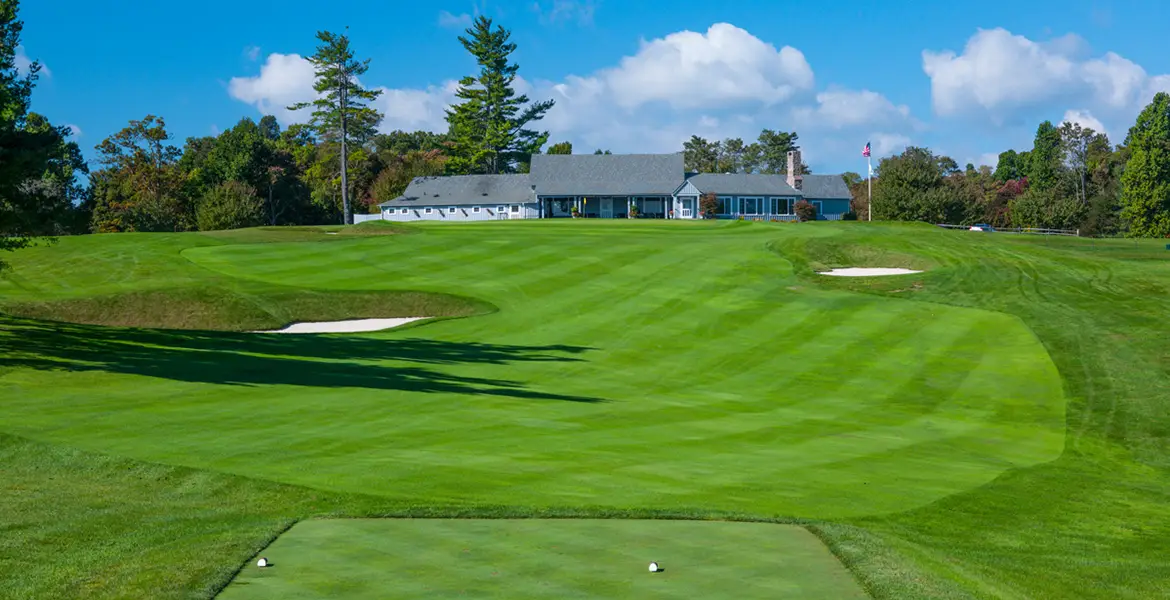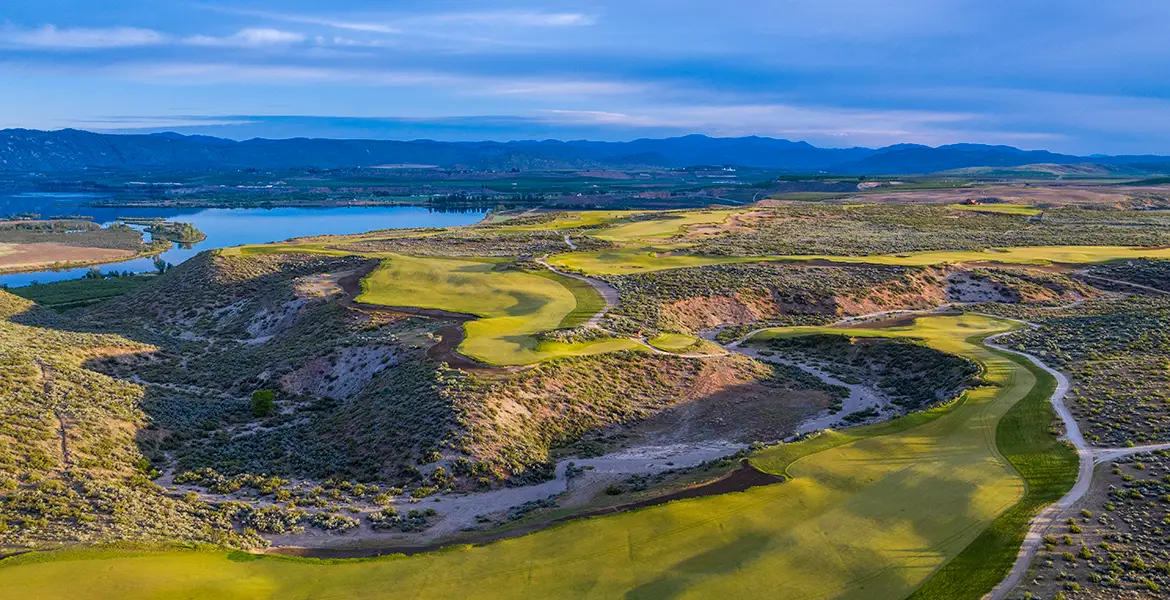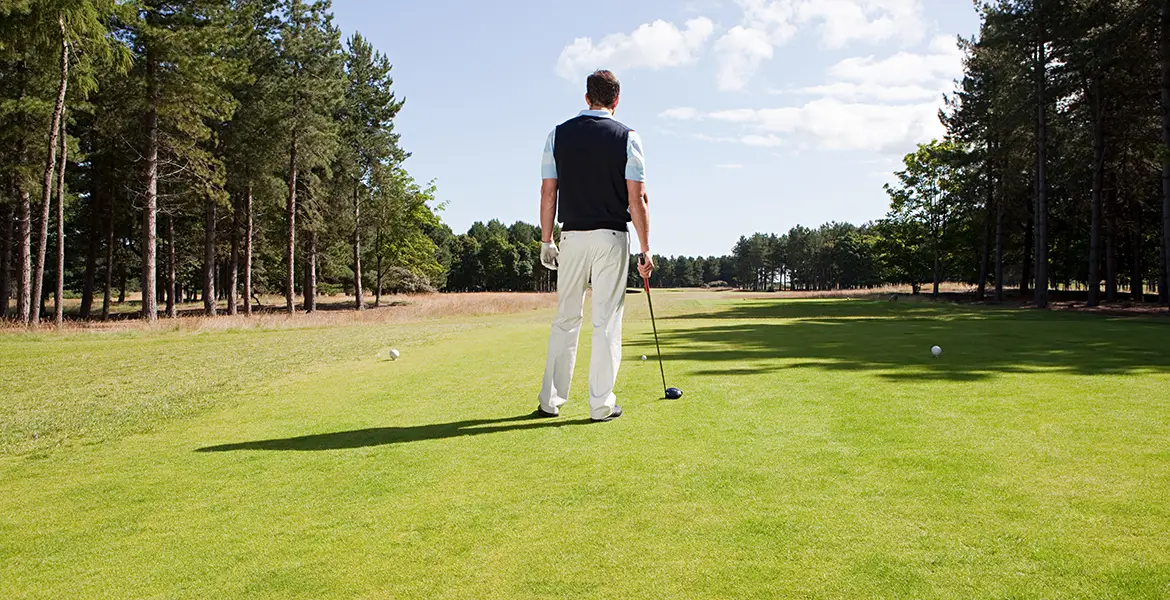In 1833, the Perth Golfing Society, located in the heart of Scotland not far from St. Andrews, became the Royal Perth Golfing Society. King William IV conferred the title and so began a new honor system for golf clubs.
More than 180 years later, 66 clubs bear the royal title as granted by the British Royal Family (eight clubs so dubbed no longer survive). Stretching from Royal Dornoch in the Northern Hemisphere to Tasmania’s Royal Hobart in the Southern, the royal title has been conferred on some of the game’s most prestigious bastions, but also on lesser-known clubs with modest facilities and small memberships. What all these clubs have in common is a distinct history, often a direct link to the growth or spread of golf, and always a veritable royal connection.
Golf’s first brush with royalty dates back to 1457 when the game was banned by King James II of Scotland. (Seems it was taking away from archery practice, which was deemed more important with those pesky English lurking to the south.) Despite the law’s regular reinforcement, King James IV took to the game during a period of peace in 1502, and since then golf has attracted members of the Royal Family.
With the union of the Scottish and English crowns in 1603, golf moved south; but when the House of Stuart fell 100 years later, so did golf’s royal link. It wasn’t restored until Lord Kinnaird, captain of the Perth Golfing Society from 1832 to 1834, addressed King William IV during a trip to London. Kinnaird asked His Majesty if he would become patron of the Society, and if the club might call itself The Royal Perth Golfing Society. When the King agreed to both requests, the royal rush was on.
William IV granted the royal title to only one other golf club, but it was a big one—the Society of St. Andrews Golfers. Major John Murray Belshes put forward the application in 1834, and His Majesty was happy to have the club restyle itself The Royal and Ancient Golf Club of St Andrews. But it took some gentle persuasion before he would agree to become its patron, acquiescing once it was pointed out that one of his many titles was Duke of St. Andrews.
The R&A has grown to be a governing body of the game and organizer of such important events as the Amateur and Open Championships. Few clubs could be more deserving of the royal title and none has enjoyed the privilege of as many captains who were kings and princes—six of them. The Royal West Norfolk Golf Club can count four royal captains, yet the Crown’s own royal club—the Royal Household Golf Club, instituted by King Edward VII in 1901 and located on the Home Park at Windsor Castle—has had only one.
Officially, clubs must apply for the royal title and only the sovereign has authority to grant it. Furthermore, the grants of the royal title and royal patronage are separate honors. This has created some confusion in the past, with clubs gaining royal patronage innocently, but incorrectly, adopting the royal title. When such clubs came to the attention of Britain’s Home Office (roughly equivalent to our State Department) at the start of the 20th century, they were contacted and, upon applying formally for the title, had their status confirmed by the sovereign.
The Royal Liverpool Golf Club, renowned for hosting the first Amateur Championship in 1885 and 12 Open Championships, has an interesting royal story.
In 1871, Prince Arthur, the Duke of Connaught and the seventh child of Queen Victoria and Prince Albert, happily accepted the title of club president. Later that same year, the club added “royal” to its name, as evident on a medal, presented to the club in 1872, known as the Duke of Connaught Star.
Upon the death of Queen Victoria in 1901, the club took the unusual step of writing to the Home Office and asking to continue the use of the royal title. On September 27, 1901, it was confirmed to the club’s delight that King Edward VII was “graciously pleased to comply with the request.” Today, the club’s royal connection continues through Prince Andrew, the Duke of York, who is the club’s patron.
Of the 66 royal golf clubs still existing today, 38 are in Great Britain, Ireland, and the Channel Islands. Elsewhere, the countries with the most royal clubs are Australia (with eight) and Canada (six). The current trend is toward granting the title more to overseas clubs: Since the 1930s, 15 of the newly minted royal clubs have been abroad, with only three in the UK (most recently Royal Troon, in 1978). All six royal clubs created so far this century are outside the UK, with two in New Zealand and one each in the Czech Republic, Canada, Papua New Guinea, and Germany. Could there ever be, say, a Royal Shinnecock? Theoretically, yes, but only if the club could demonstrate a strong previous royal connection.
The newest royal is Royal Homburger Golf Club in Homburg, Germany, which might seem an unlikely location but isn’t. Despite two world wars that fractured Anglo-German relations, there were strong family ties between English and German royalty for centuries and it was this which led to the club in Homburg gaining the royal title. The title was applied for in late November 2012, and after being assessed by the British Cabinet Office and the Deputy Prime Minister, the application passed through the Privy Council to Queen Elizabeth. Six months later, on April 8, 2013, the club became royal.
Since 1833, every reigning monarch has conferred the royal title on at least one club, with the ironic exception of King Edward VIII. He was a keen golfer, perhaps the keenest of all British monarchs, but his short reign ended the same year it began in 1936 when he abdicated the throne.
Royal clubs are tangible reminders of the special and lasting bonds between golf and the British Royal Family. Long may they continue.
Scott MacPherson is a golf course architect, historian, and author of the 486-page book Golf’s Royal Clubs.






